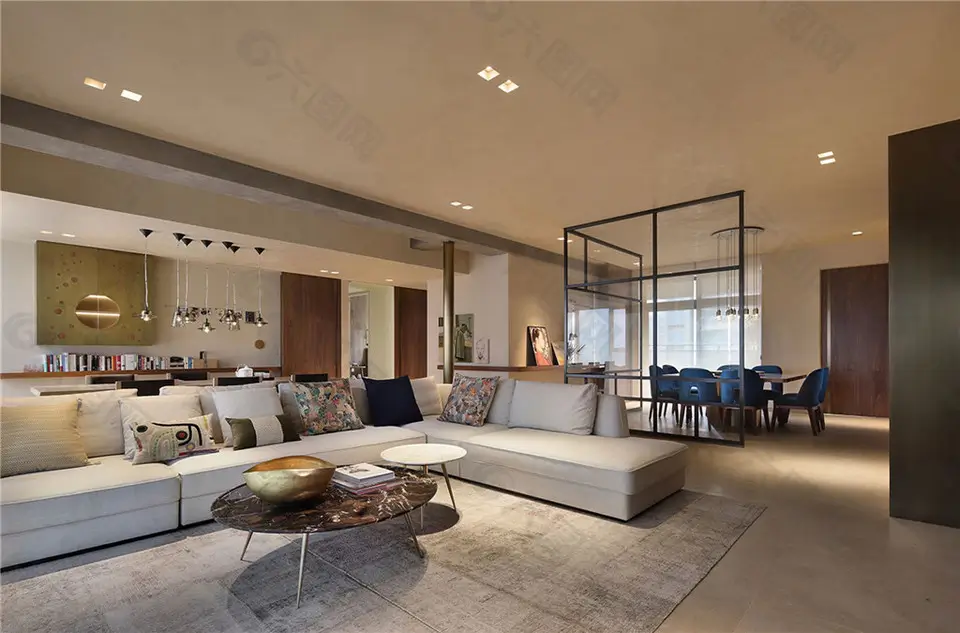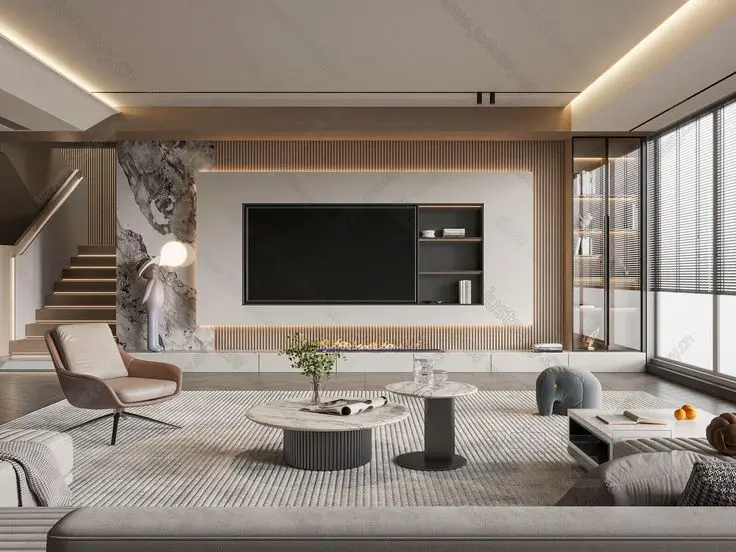Home renovation is a perfect blend of art and functionality. It is not only about beautifying and enhancing living spaces but also about responding to changing times, technological advancements, and evolving lifestyles. Over the years, home renovation has undergone numerous transformations, particularly in the realm of modern interior design. This article explores the evolution of modern renovation design, examining how it has shaped our living spaces.
Early Home Design: Functionality First
In the late 19th and early 20th centuries, home design was primarily focused on functionality. With the Industrial Revolution, the mass production of materials and furniture made home improvements more accessible to a broader population. The designs of that time were utilitarian, emphasizing durability and practicality over aesthetics.
During this period, design styles were influenced by classical Victorian designs, with rooms being highly functional and segmented. The layout of homes was more about meeting the basic needs of the family, with simple wooden furniture and a focus on utility.

The Rise of Modernism: Simplicity and Innovation
In the early 20th century, the Modernist movement profoundly impacted interior design. After World War II, with economic recovery and technological advancements, home remodeling began to embrace simplicity, functionality, and innovation.
Modernist design emphasized the principle of “form follows function,” rejecting excessive decoration in favor of clean lines, open layouts, and the use of industrial materials such as steel, glass, and plastic. Prominent designers like Le Corbusier and Charles Eames promoted minimalist furniture, open-plan living spaces, and large windows that blurred the boundaries between indoor and outdoor spaces.
This period saw the introduction of concepts like the open-plan kitchen, living, and dining areas, allowing for more flexible and airy spaces. The focus was on creating homes that were comfortable and adaptable, with spaces that allowed for a more fluid interaction between the occupants and the environment.
Postmodernism: Eclectic Styles and Personalization
In the 1960s, the postmodern movement began to influence home design. This era embraced diversity and individuality, with a departure from the strict minimalism of modernism. Postmodern design was characterized by its playful use of colors, shapes, and patterns, often blending traditional and contemporary elements.
Unlike Modernism, Postmodernism encouraged decoration and self-expression, resulting in highly personalized and eclectic home interiors. This was a time when designers started to experiment more with mixing architectural styles, creating spaces that reflected personal taste and culture. At the same time, sustainability and eco-conscious design began to emerge, laying the foundation for today’s green home renovation trends.
Contemporary Home Design: Smart Technology and Personalization
The 21st century has seen an explosion of technological advancements, significantly impacting home renovation. The rise of smart home technology has changed how we interact with our living spaces. Home automation systems now control everything from lighting and heating to security and entertainment, making life more convenient and efficient.
In addition to technology, sustainability has become a central focus of contemporary home renovation. Homeowners are increasingly seeking eco-friendly materials, energy-efficient appliances, and sustainable building practices. Renovations are now often designed with an emphasis on reducing the environmental footprint while maximizing comfort and convenience.
Personalization continues to be a major theme in contemporary design. Whether it’s customizing a living room with unique furniture pieces or creating a kitchen that suits an individual’s cooking style, modern home renovation focuses on making spaces reflect the personalities and lifestyles of the people who live there.

The Future of Home Renovation: Cross-disciplinary Design and Flexibility
Looking ahead, the future of home renovation will likely see even more integration of technology and sustainability. Smart homes will continue to evolve with new advancements in artificial intelligence, IoT (Internet of Things), and energy-efficient technologies. These innovations will make homes not only more connected but also more responsive to the needs of the inhabitants.
In terms of design, we can expect to see even greater cross-disciplinary approaches. Architecture, interior design, and technology will increasingly work together to create highly functional, customizable spaces that adapt to the diverse needs of modern life. Multifunctional spaces, which can be easily reconfigured for different uses, are likely to become a dominant trend in the future.
As sustainability becomes more ingrained in design philosophy, eco-friendly materials and construction methods will continue to shape future home remodelings. A growing emphasis on health and well-being will also guide design choices, making homes not just places to live but spaces that nurture physical and mental health.
Conclusion: The Ongoing Evolution of Home Renovation
Home renovation has always been a dynamic process, shaped by social, technological, and cultural changes. From the utilitarian designs of the early 20th century to the innovative, technology-driven designs of today, the journey of home renovation reflects broader shifts in society and technology.
Looking to the future, home remodeling will continue to evolve, incorporating new technologies, sustainable practices, and personalized designs. Whether through smart home innovations, eco-friendly solutions, or flexible living spaces, the future of home renovation promises to be as exciting as it is transformative. As technology and design continue to evolve, our homes will increasingly become personalized, sustainable, and responsive environments. These homes will cater to our changing needs and desires.